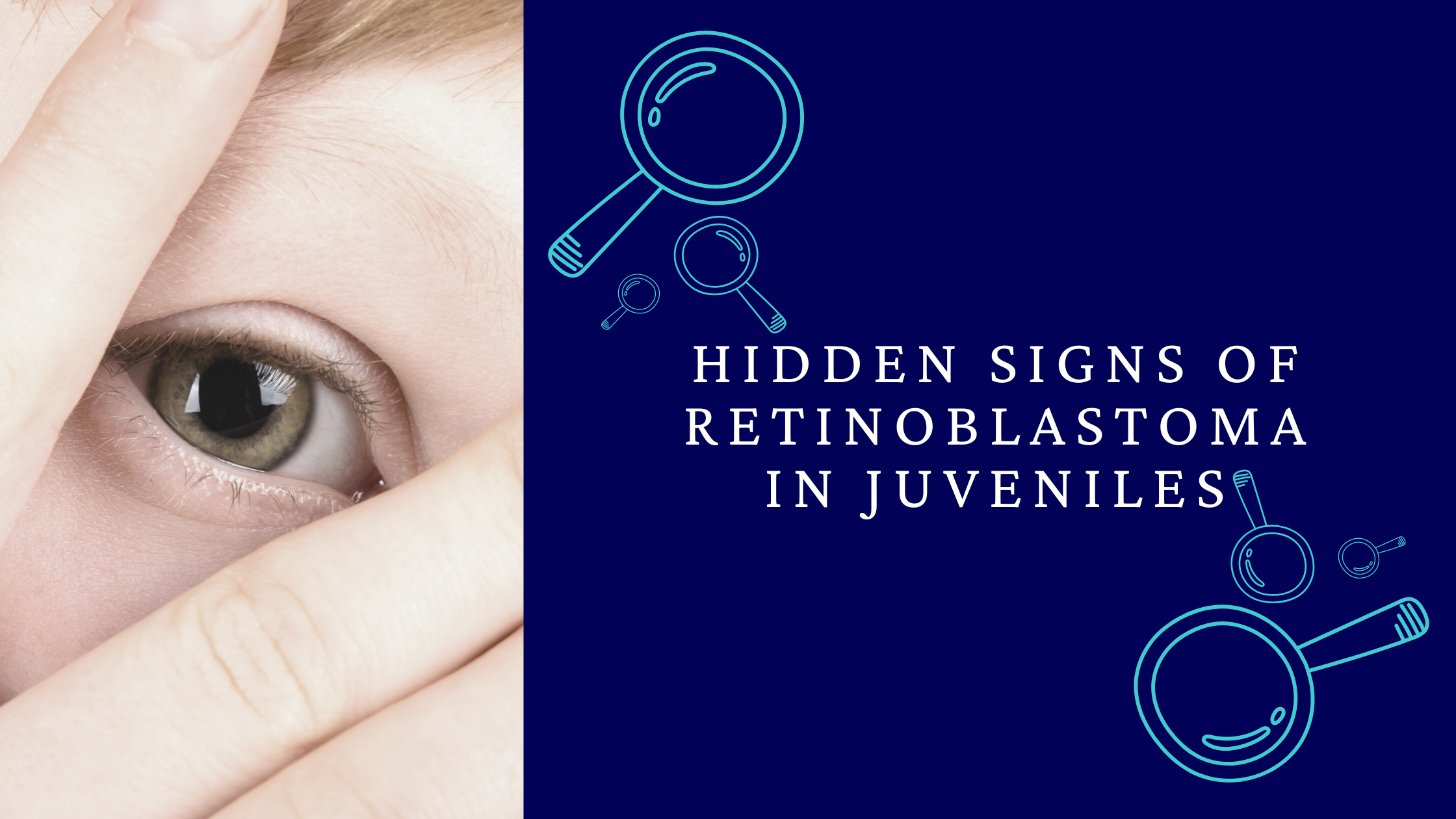 Attending school and deciding which toy to play with was likely the extent of your childhood concerns. However, for children suffering from retinoblastoma, their daily life can look completely different. Here are signs of retinoblastoma and treatment options available to get your kid back on track with their eye health.
Attending school and deciding which toy to play with was likely the extent of your childhood concerns. However, for children suffering from retinoblastoma, their daily life can look completely different. Here are signs of retinoblastoma and treatment options available to get your kid back on track with their eye health.
What is Retinoblastoma?
Retinoblastoma is a rare type of ocular cancer that starts in the retina, where nerve cells develop genetic mutations. From there, they multiply and form a mass called a tumor that can eventually become cancerous. Because retinoblastoma is the most common cancer a child could develop, it’s essential to understand its origin and signs to prevent further damage to your child’s eyes.
Forms of Retinoblastoma
Because retinoblastoma typically occurs in very young children (with more than 90% of patients diagnosed before they turn 5), they usually can’t tell you or understand something is wrong. Due to this circumstance, it is necessary to understand the disease, where it comes from, and how to detect it.
First and foremost, it’s vital to know about the different forms of retinoblastoma: unilateral and multifocal. Unilateral retinoblastoma can occur in 75% of diagnosed patients, where the tumor only impacts one eye. The other type, multifocal retinoblastoma, appears in the remaining 25% of diagnosed children whose tumors have affected both eyes. It’s important to know that multifocal retinoblastoma is caused by the child’s mutation of the retinoblastoma gene, RB1, which can be detected via a blood test.
Common Symptoms and Signs of Retinoblastoma
Other than the blood test, there are additional ways to detect signs of retinoblastoma, the most notable being the white pupillary reflex- also known as Leukocoria. If you shine a light into your child’s eye, the color typically appears red due to the blood vessels. However, an eye with retinoblastoma will appear white or pink.
Another symptom to consider would be strabismus, aka “lazy eye.” Though this isn’t always a sign caused by retinoblastoma, it is something to still be on the lookout for. Usually, strabismus will appear when a child’s eyes do not follow the same direction. Other potential signs to be aware of are:
- Eye pain/discomfort
- Redness in the sclera (white of the eye)
- Bulging in the eye
- The iris (colored part of the eye) has color irregularity
Parents and doctors can even detect symptoms through the use of technology. Now you can use apps, like Kids Vision Check, to photograph your child using the back flash while in a dark room. From there, the app will use AI technologies to detect possible symptoms and inform you about what your child may have, where to go for additional support, and more.
How to Diagnose Retinoblastoma
Diagnosis can occur in various ways. After identifying symptoms, whether through visual cues to technological detection, bringing your child to a pediatrician, ophthalmologist, or eye doctor would be the next best course of action. Though most cancers are detected through a biopsy (taking a tumor sample), they usually can’t be done on the eye without causing harm. As such, many ophthalmologists typically use imaging tests to detect retinoblastoma. Imaging tests can include X-rays, sound waves, or radioactive substances. These tests will determine if there is retinoblastoma and can also tell how large the affected tumor may be.
A doctor could also use an ultrasound on the eye. This method tends to be the most common because it allows the ophthalmologist to look at the entirety of the eye’s insides while also using a device that doesn’t make the child uncomfortable. Other standard testing practices for retinoblastoma can include:
- Optical coherence tomography
- Magnetic resonance imaging (MRI)
- Computed tomography scan (CT scan)
- Genetic testing
Regardless, specialists try to ensure the least invasive procedure before moving forward.
Retinoblastoma Treatment Options
After getting diagnosed, the next step in relieving your child of retinoblastoma is exploring options for treatment, where 9 out of 10 children who receive treatment are cured. When determining which type of treatment to take, doctors consider multiple components:
- Size of the cancerous tumor
- Unilateral vs multifocal retinoblastoma
- How good the vision is in the affected vs. unaffected eye(s)
- If the cancer is only located in the eye and has not spread
From there, treatment options are available with the help of your child’s ophthalmologist. By the end of treatment, the main goal is to get rid of cancer, save the affected eye(s), preserve vision, and limit the risk of side effects. Like most cancers, the most common form of treatment is chemotherapy. Usually, chemotherapy is a precursor to another treatment (like cryotherapy or laser therapy), so the chemo can decrease the tumor size, and then additional treatment can remove it.
Radiation therapy is another popular form of treatment that uses either local or external beam radiation to kill cancer cells. Though it exposes your child to radiation, they would not need additional treatment with radiation therapy. Other options could include laser therapy to destroy tumor cells, cold treatment, or even eye removal surgery.
Allow your child to have the ability to enjoy their childhood to the fullest. Understanding the specific signs and symptoms of retinoblastoma can stop the issue at the source and mitigate the potential for future damage. You can take the next step in preventing juvenile retinoblastoma today through the help of Kids Vision Check, downloadable now for all Android and iOS devices.
